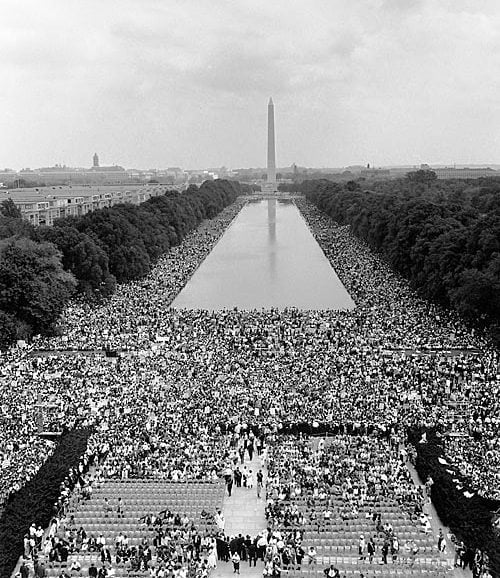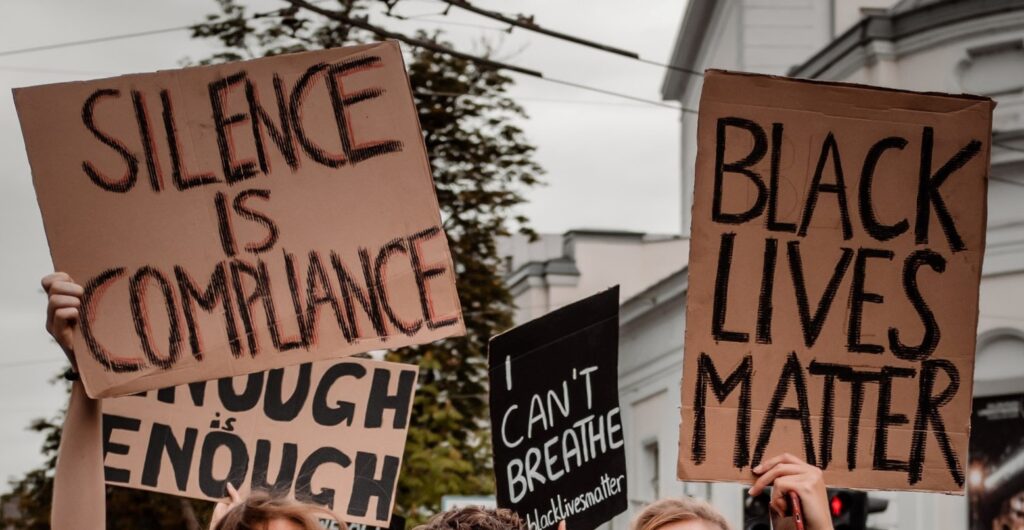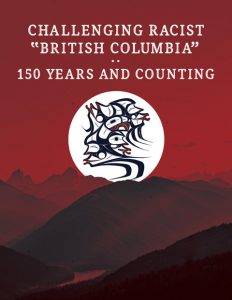
Race relations in Canada 2021: A survey of Canadian public opinion and experience
TORONTO, November 3, 2021— The results of a nationwide survey conducted by the Canadian Race Relations Foundation (CRRF) and the Environics Institute for Survey Research and sponsored by Pfizer Canada “Discrimination and mistreatment due to one’s race is a common experience in Canada. One-fifth of the population report that this happens to them regularly or from time to time, with another quarter indicating it occurs but very rarely. Such treatment is most widely reported by those who are Black or First Nations, and to a lesser but still notable extent by those who are South Asian, Chinese, East or Southeast Asian, or Métis, and even by a significant minority of those who identify as white” You can download the full report here
Long History of Racial Discrimination in British Columbia and Canada
One of the first actions to fight racial discrimination for Blacks in B.C. resulted in the formation of the Victoria Pioneer Rifle Corps in 1859. When Victoria decided it needed a fire brigade, several Black men volunteered but were rejected. The Black community reacted by approaching Governor James Douglas to volunteer as an all-black military corps. With ongoing friction over the Canada-U.S. Border, Douglas accepted their offer. The Corps was made up of 40 to 50 Black men, but prejudicial and discriminatory actions continued, directed at the Corps itself.
Some 75 years before that, in July 1784 “the first race riot in North America” occurred in Shelburne, Nova Scotia. A mob of white Loyalist settlers stormed the home of a Black preacher in Shelburne, Nova Scotia, armed with hooks and chains seized from ships in the harbour. The confrontation ignited a wave of violence in Shelburne County that lasted approximately 10 days. The majority of the attacks targeted the county’s free Black population. Read more
Why We March

On Wednesday August 28, 1963 more than 250,000 demonstrators participated in the “March on Washington for Jobs and Freedom.” Not only was it the largest demonstration for human rights, but it was also a show of unity.
The purpose of the march was to advocate for civil and economic rights. It was at this march that Dr. Martin Luther King Jr. standing in front of the Lincoln Memorial, delivered his historic “I Have a Dream” speech in which he called for an end to racism.
From this March to the Black Lives Matter movement …This video illustrates that marching is a sign of solidarity, reflecting communities whose voices come together to demand justice, recognition, equality …. 58 years and counting ….
From minutes to movements

“Whatever affects one directly, affects all indirectly. I can never be what I ought to be until you are what you ought to be.” Dr. Martin Luther King Jr. Commencement Address at Oberlin College, June 1965

Challenging Racist “British Columbia”: 150 Years and Counting, dives into the long history of racist policies that have impacted Indigenous, Black and racialized communities in the province over the last 150 years since BC joined Canada; tying the histories of racism and resistance to present day anti-racist movements. This website includes video series, enhanced digital edition and teacher’s edition; and you can download a copy of the booklet.
Co-authored by activists & scholars from diverse communities, this resource will assist anti-racist educators, teachers, scholars, and policymakers in “piercing the silences that too often have let racism fester in communities, corporations, and governments.”
“Challenge starts by asking yourself what needs to be challenged. In this booklet subjects have answered in a very clear way what needs to be challenged and that is racism, racism is challenged because we believe that there are better ways to treat people and that is with respect and inclusiveness in all aspects that life has to offer.” Silvia Mangue Alene, President BCBHAS
Prof. Handel Kashope Wright, the Director of Centre for Culture, Identity & Education, UBC and was our keynote speaker for Black History Month 2021. In endorsing this booklet he has said “Challenging Racist “British Columbia,” 150 Years and Counting retells history from the perspective of the marginalized; white supremacist origins and the marginalization of Indigenous, Black and Asian peoples as well as staunch historical and contemporary anti-colonial and anti-racist resistance. Vividly illustrated, concise, accessibly and engagingly written, this gem of a text offers difficult knowledge about the past, examples of continued activism in the present and hence hope for an equitable future.”
Resilience BC Anti-Racism Network “The Resilience BC Anti-Racism Network will offer a multi-faceted, province wide approach with greater focus and leadership in identifying and challenging racism.”
Building a Foundation for Change: Canada’s Anti-Racism Strategy 2019–2022 “Diversity and inclusion are cornerstones of Canadian identity, a source of social and economic strength … we know that there are still very real challenges. Building a Foundation for Change requires us to first acknowledge that there is a problem…”

International Day for the Elimination of Racial Discrimination adopted on October 26,1966 and is observed annually on March 21, the day the police in Sharpeville, South Africa opened fire and killed 69 people at a peaceful demonstration against apartheid “pass laws” in 1960. Read more
Credits and Reference Material
.Silence is Compliance/Black Lives Matter signage, Simone Fischer, Unsplash
.View from the Lincoln Memorial toward the Washington Monument Credit: United States Marine Corps, Public Domain
.Challenging Racist “British Columbia”:150 years and counting. The book and its cover were designed by John Endo Greenaway using the painting Flight Through the Four Winds by Master Carver Ahtsik-sta Qwayachiik (Sanford Williams). http://challengeracistbc.ca/
.Anti-Black Racism multiple-choice question, BC Black History Awareness Society
